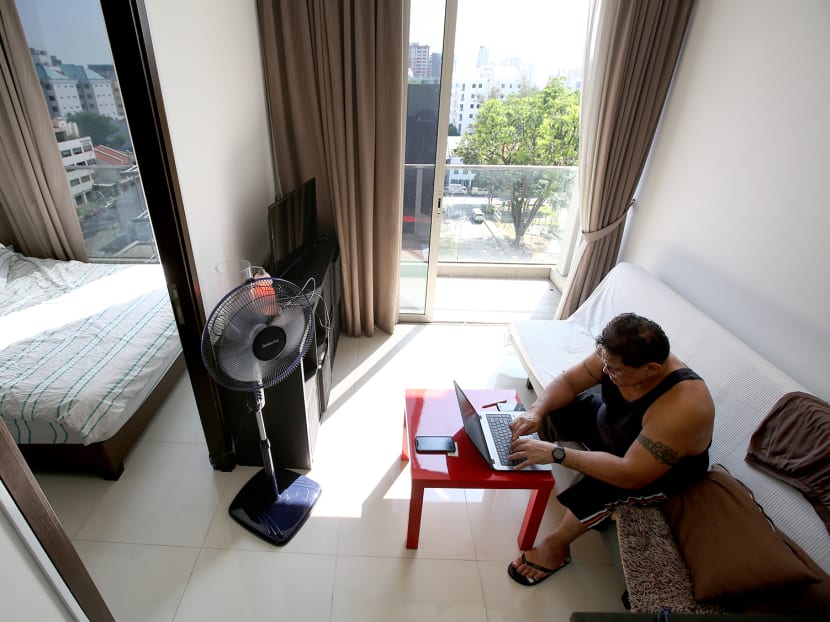If left to ‘market forces’, developers will build smaller apartments at ever higher prices
I refer to the letter, “‘Shoebox’ apartments are similarly built by HDB, so why set limits just for private homes?” (Oct 24). I disagree with the writer’s suggestion that when it comes to how many “shoebox” apartments to be built, the Urban Redevelopment Authority (URA) “should let the market decide without setting a limit for the developers”.

A TODAY reader disagrees with a suggestion that when it comes to how many “shoebox” apartments to be built, the Urban Redevelopment Authority “should let the market decide without setting a limit for the developers”.
I refer to the letter, “‘Shoebox’ apartments are similarly built by HDB, so why set limits just for private homes?” (Oct 24).
I disagree with the writer’s suggestion that when it comes to how many “shoebox” apartments to be built, the Urban Redevelopment Authority (URA) “should let the market decide without setting a limit for the developers”.
The property market in a land-scarce city like Singapore is not a normal market. The invisible hand of free market is not functioning in it at all.
The invisible-hand theory is based on the assumption that supply and demand of the merchandise and the relevant materials are very flexible. When there is a high demand, a lot of supply will be moved into the market very quickly, and vice versa.
However, land cannot be moved around. We have a shortage of land supply but cannot import any.
On the other hand, demand for property is always there and will shoot up irrationally — as will the selling price — when people expect property prices to rise continuously in the foreseeable future.
The property market can be manipulated quite easily. That is why regulation by the Government is needed.
Developers are business people. They want to make money and, if allowed, will raise the selling price of property incessantly.
However, prices have to be at a level that most people can afford. So how will the developer advance the bottom line?
One tactic commonly used is to design smaller units and sell each at a higher per-square-foot price, so the total amount of money paid by the buyers will remain almost the same, though the unit size is smaller, whereas the developer’s total income from the development will be increased.
If this tactic continues, years later, there will be very small units selling at an incredible per-square-foot price.
People in Hong Kong are already facing such a problem, with “nano” flats of 160 sqf. Do we wish to live in such small units?
I agree with the URA’s decision to cap the number of units, and consequently the number of small units, to be built in one project.
URA did not stop developers from providing small units in the market as there is demand.
I think one of the reasons behind the decision is to prevent prices going up through this tactic to build smaller units, which worsens our living environment.






